-
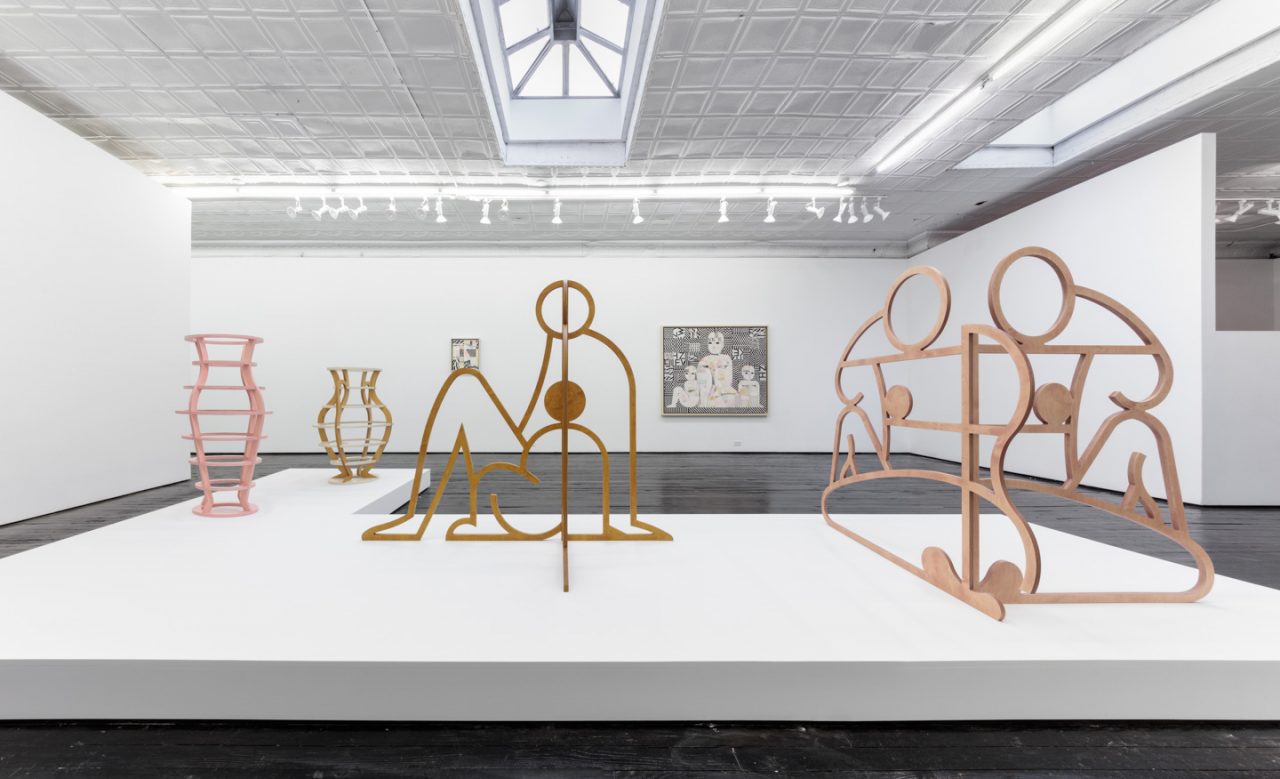
Installation view, Fathers, 2018
-

Installation view, Fathers, 2018
-
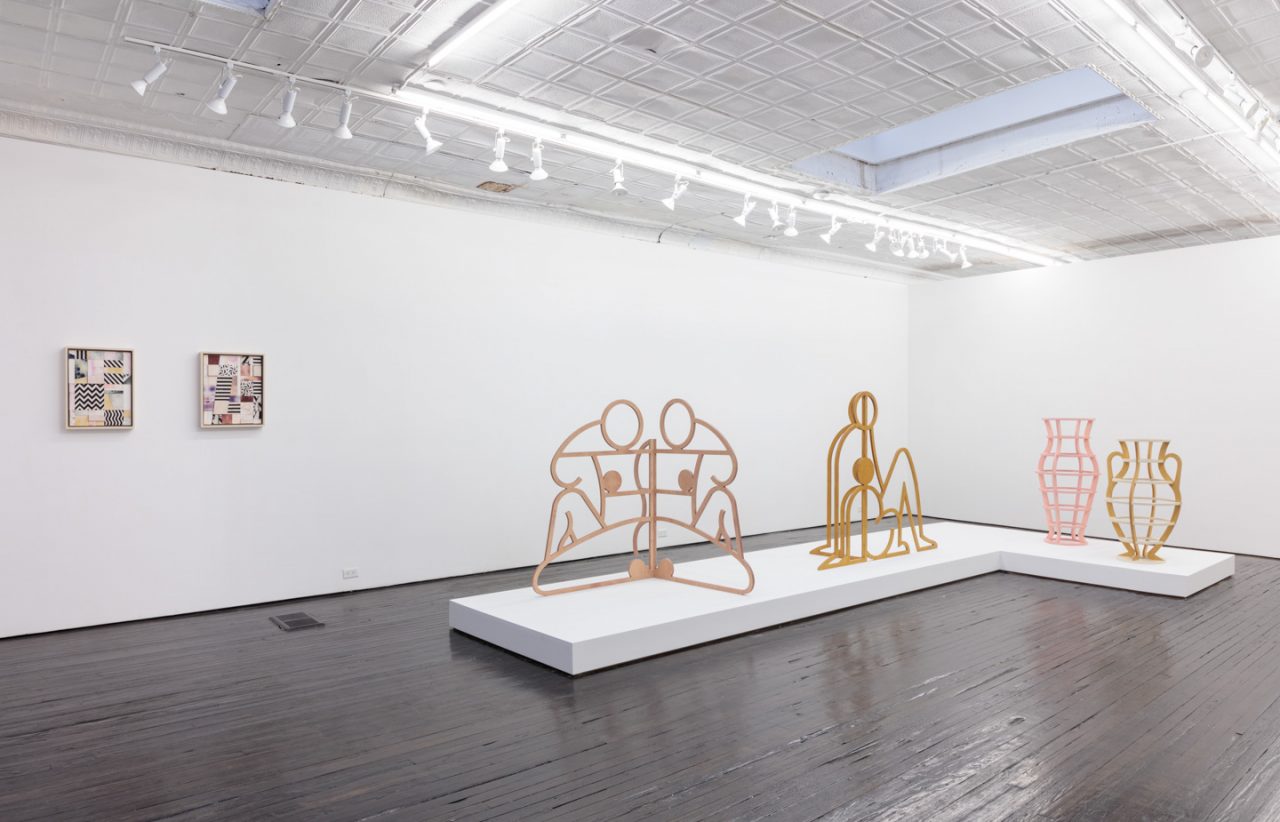
Installation view, Fathers, 2018
-

Installation view, Fathers, 2018
-
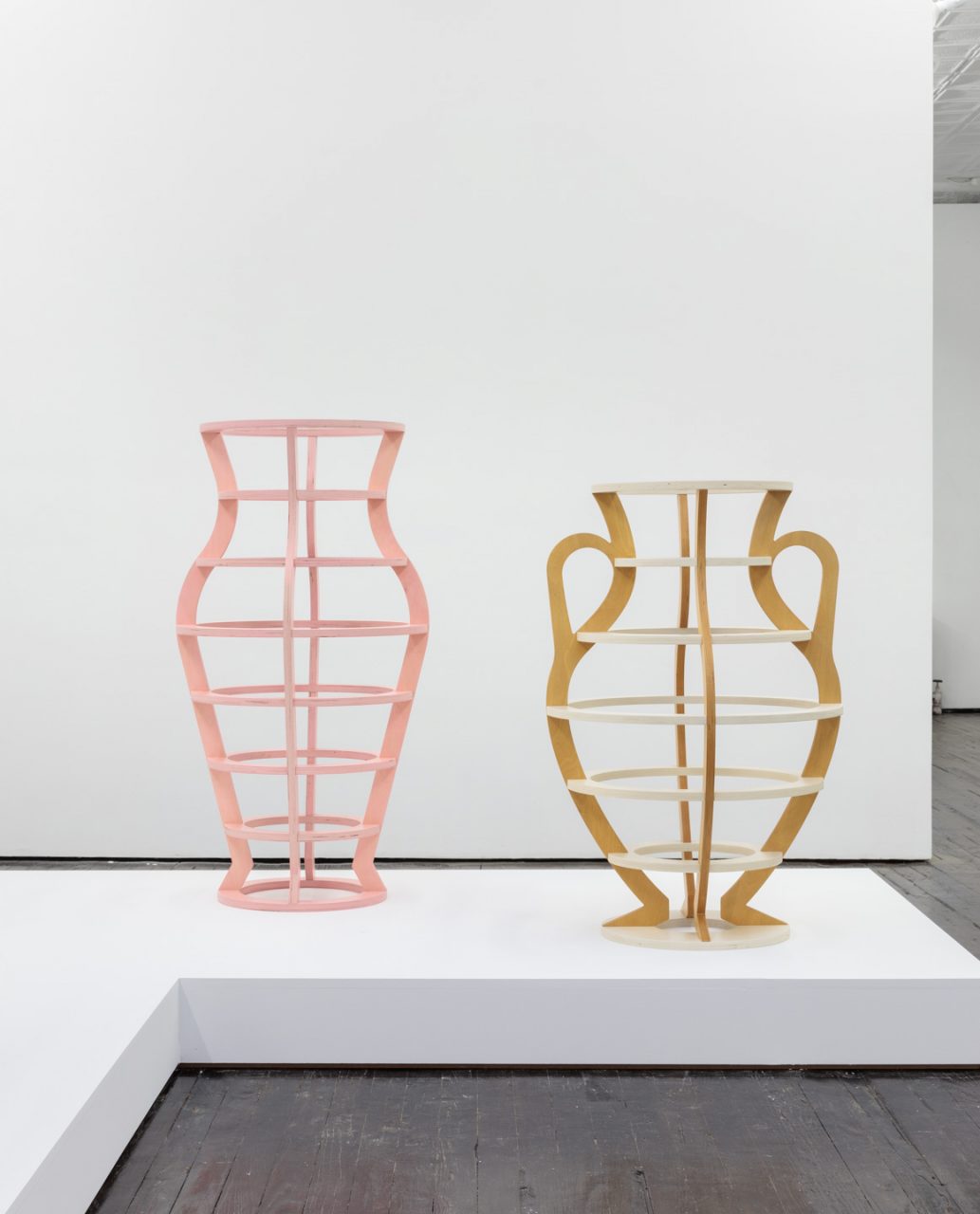
Installation view, Fathers, 2018
-
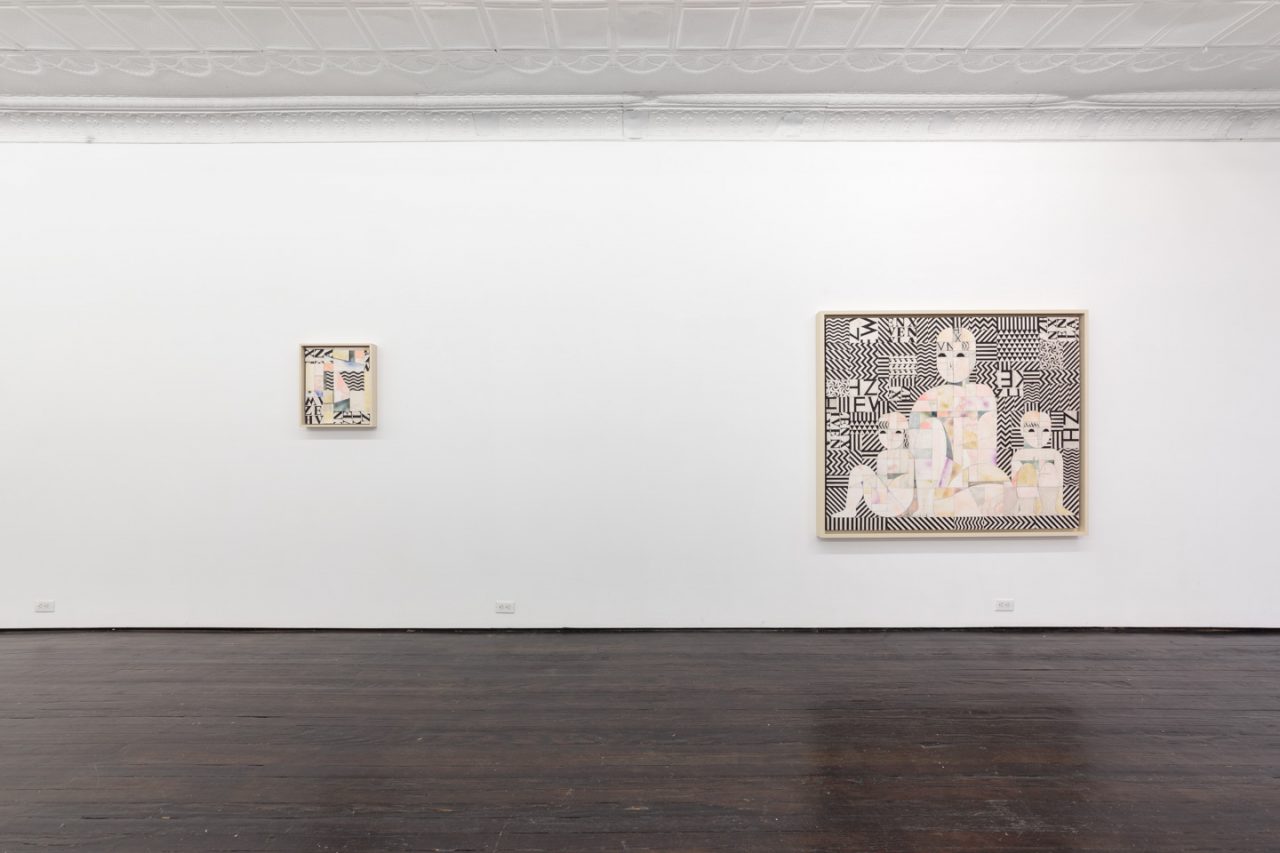
Installation view, Fathers, 2018
-
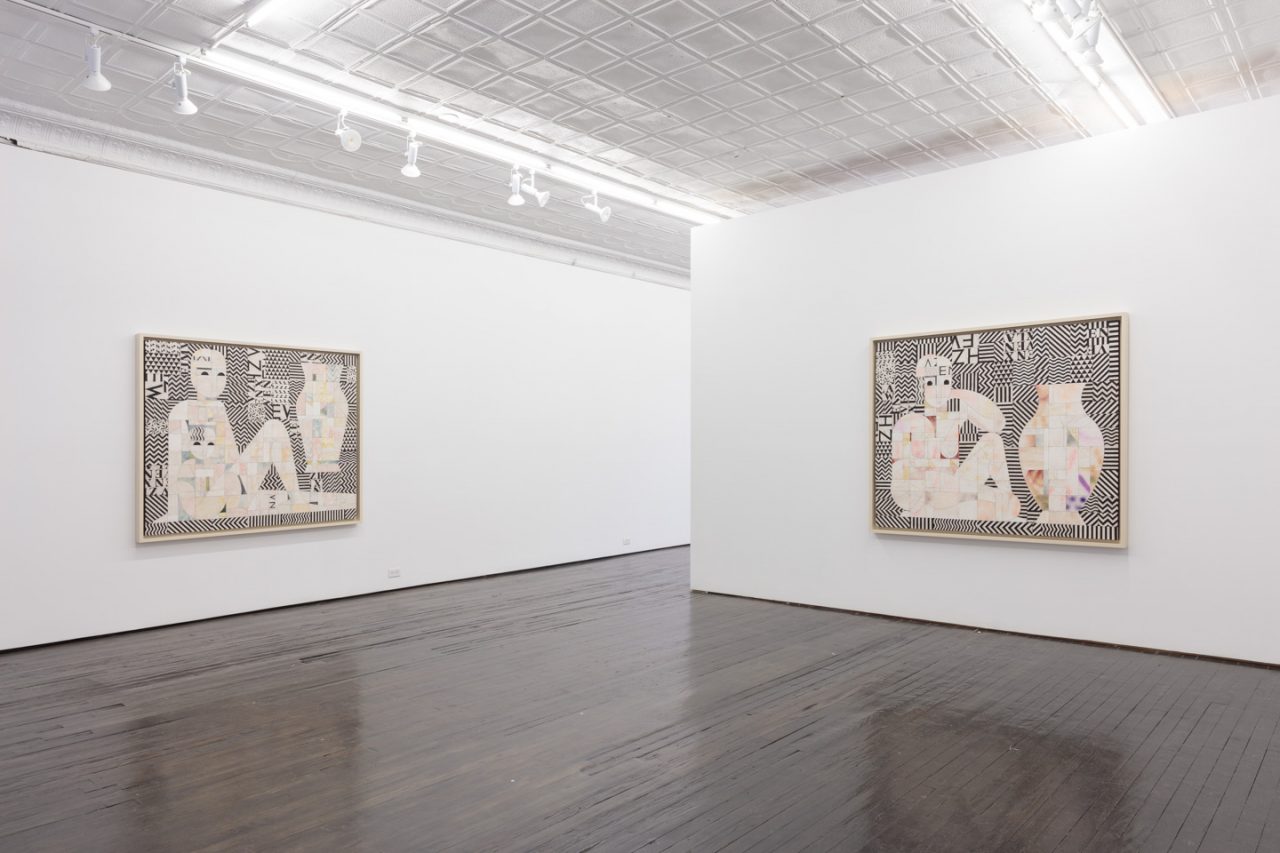
Installation view, Fathers, 2018
-
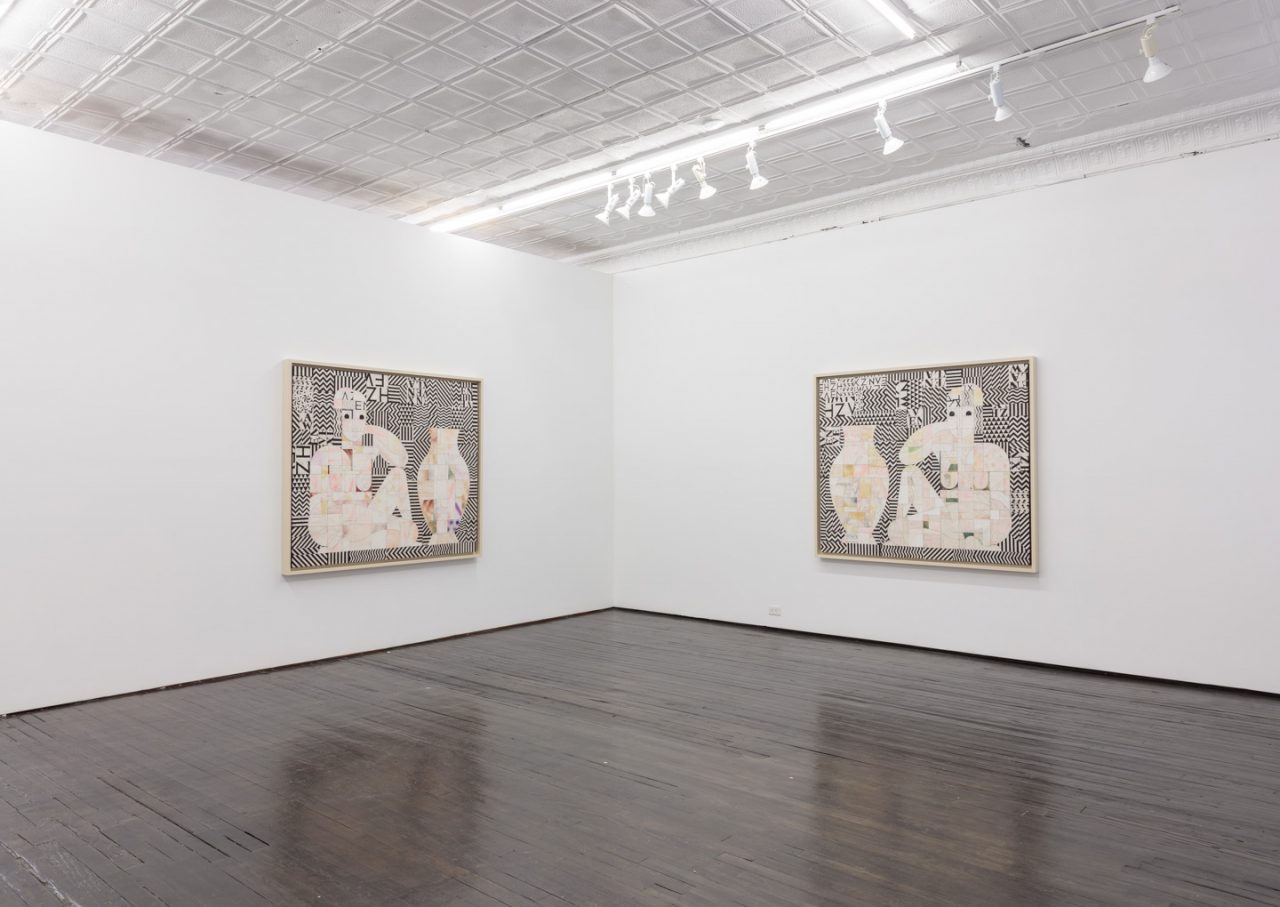
Installation view, Fathers, 2018
-
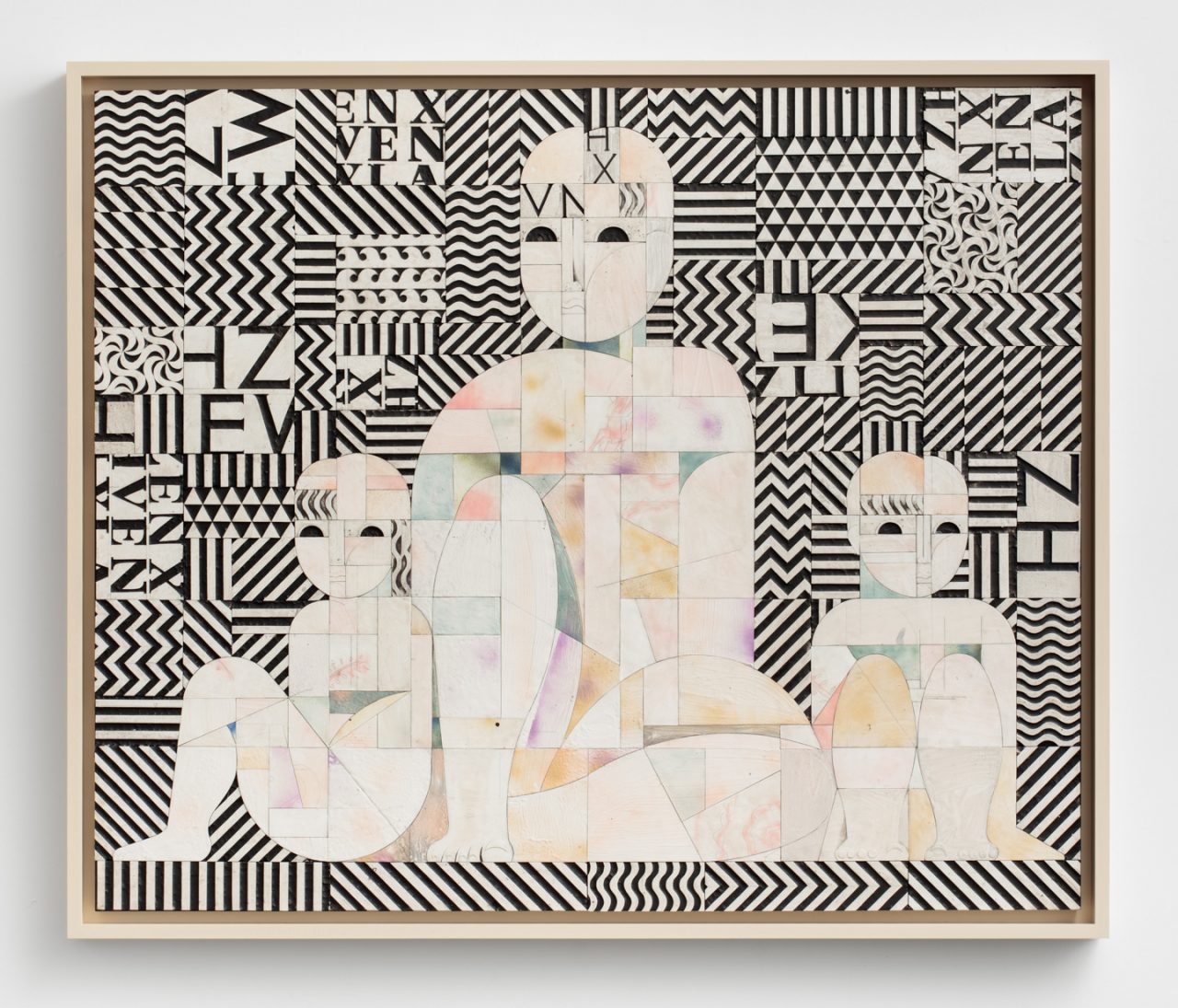
Ruby Sky Stiler
Siblings with Father, 2018
Acid-free foam-core, aqua-resin, paint, graphite, thermal adhesive on panel
50 x 60 inches -
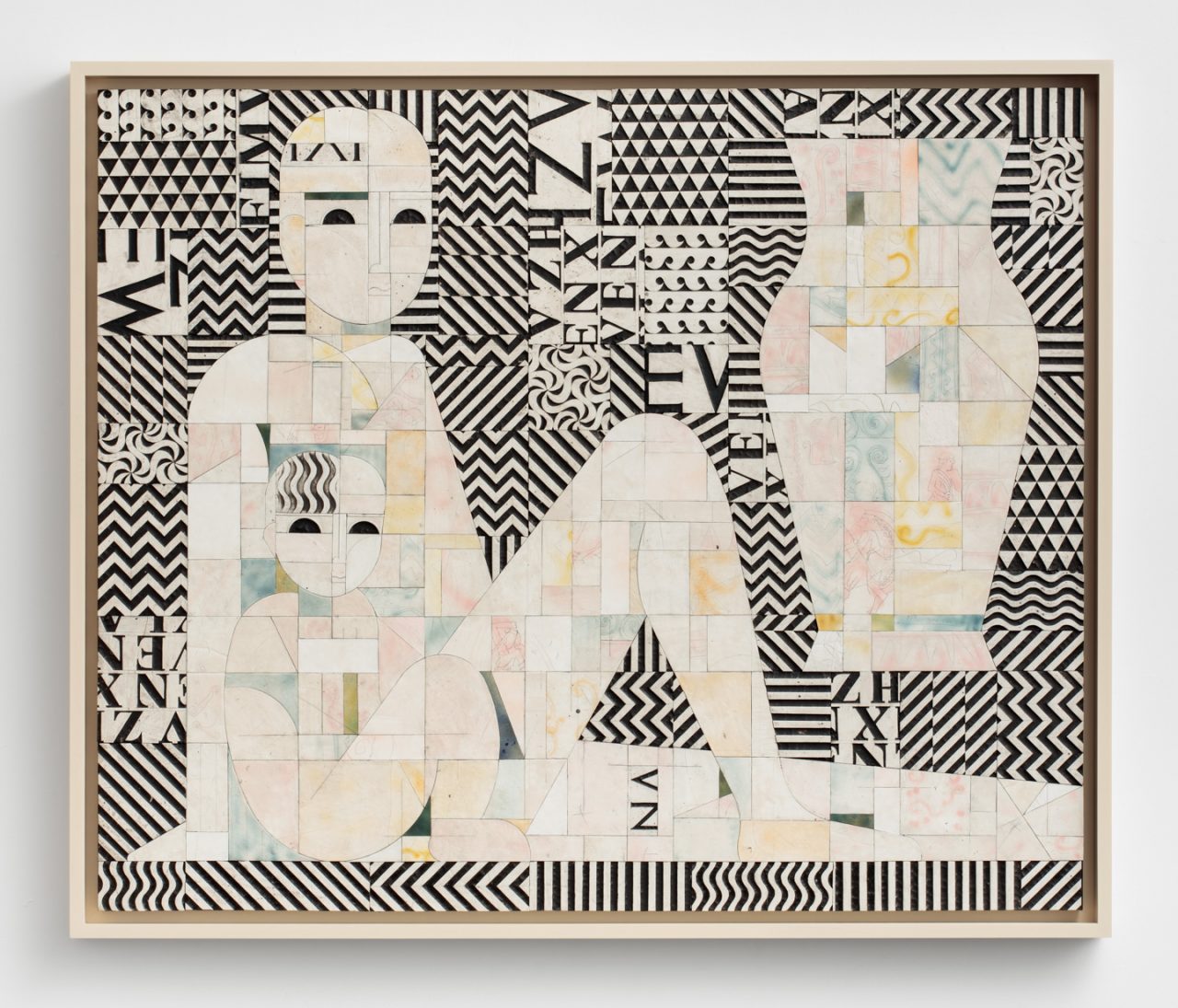
Ruby Sky Stiler
Father and Child, 2018
Acid-free foam-core, aqua-resin, paint, graphite, thermal adhesive on panel
50 x 60 inches -
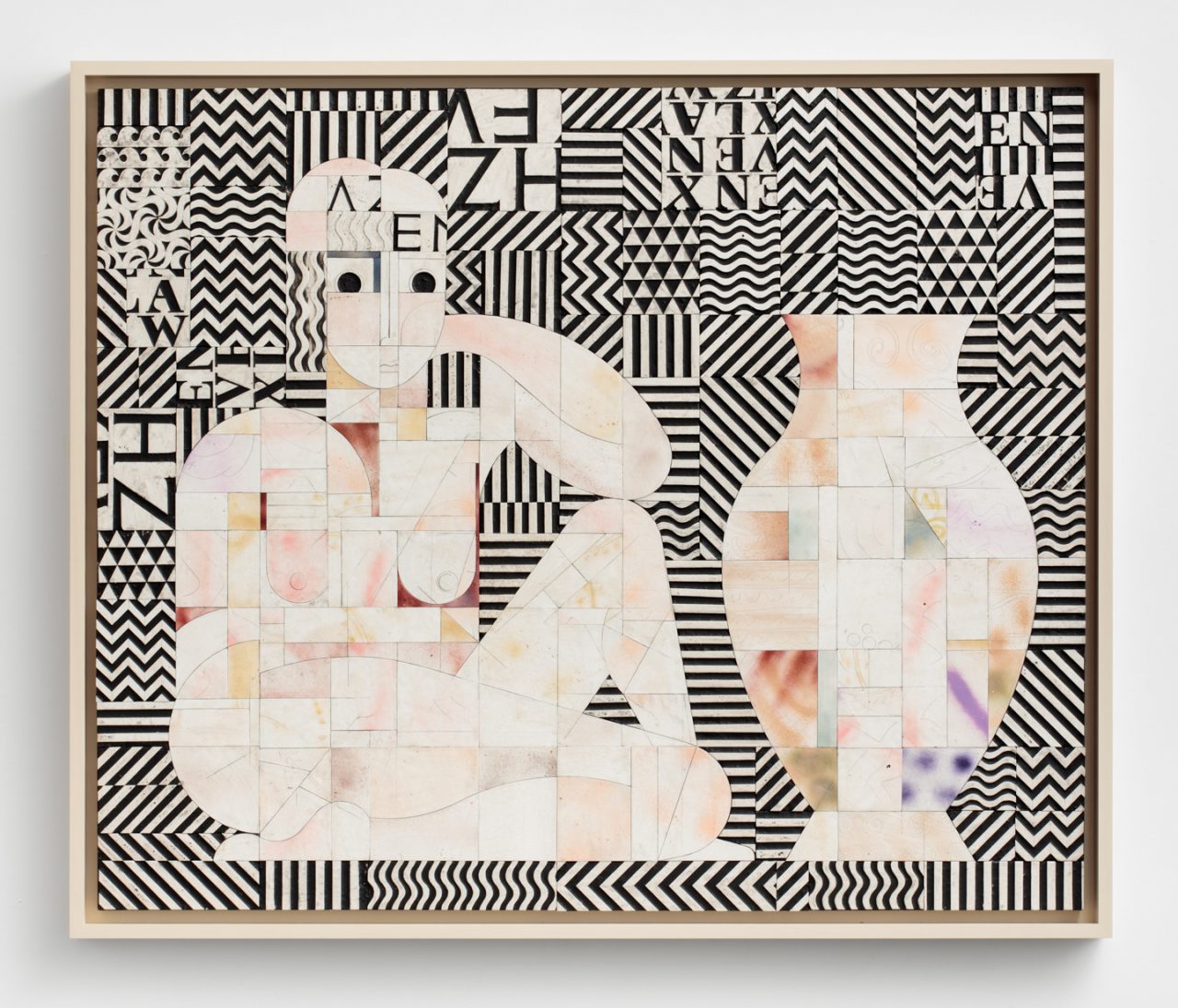
Ruby Sky Stiler
Seated Woman (Facing Left), 2018
Acid-free foam-core, aqua-resin, paint, graphite, thermal adhesive on panel
50 x 60 inches -
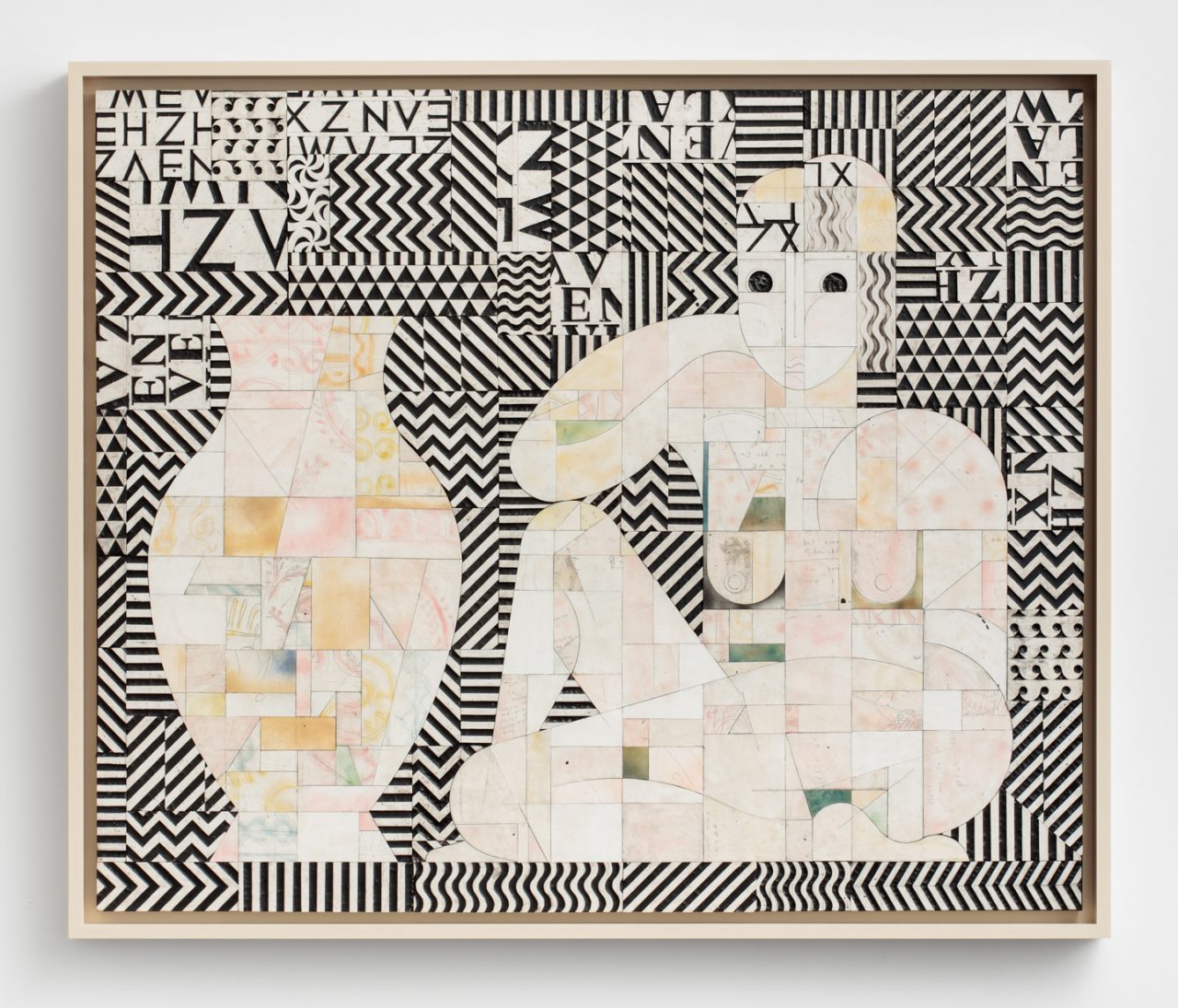
Ruby Sky Stiler
Seated Woman (Facing Right), 2018
Acid-free foam-core, aqua-resin, paint, graphite, thermal adhesive on panel
50 x 60 inches -
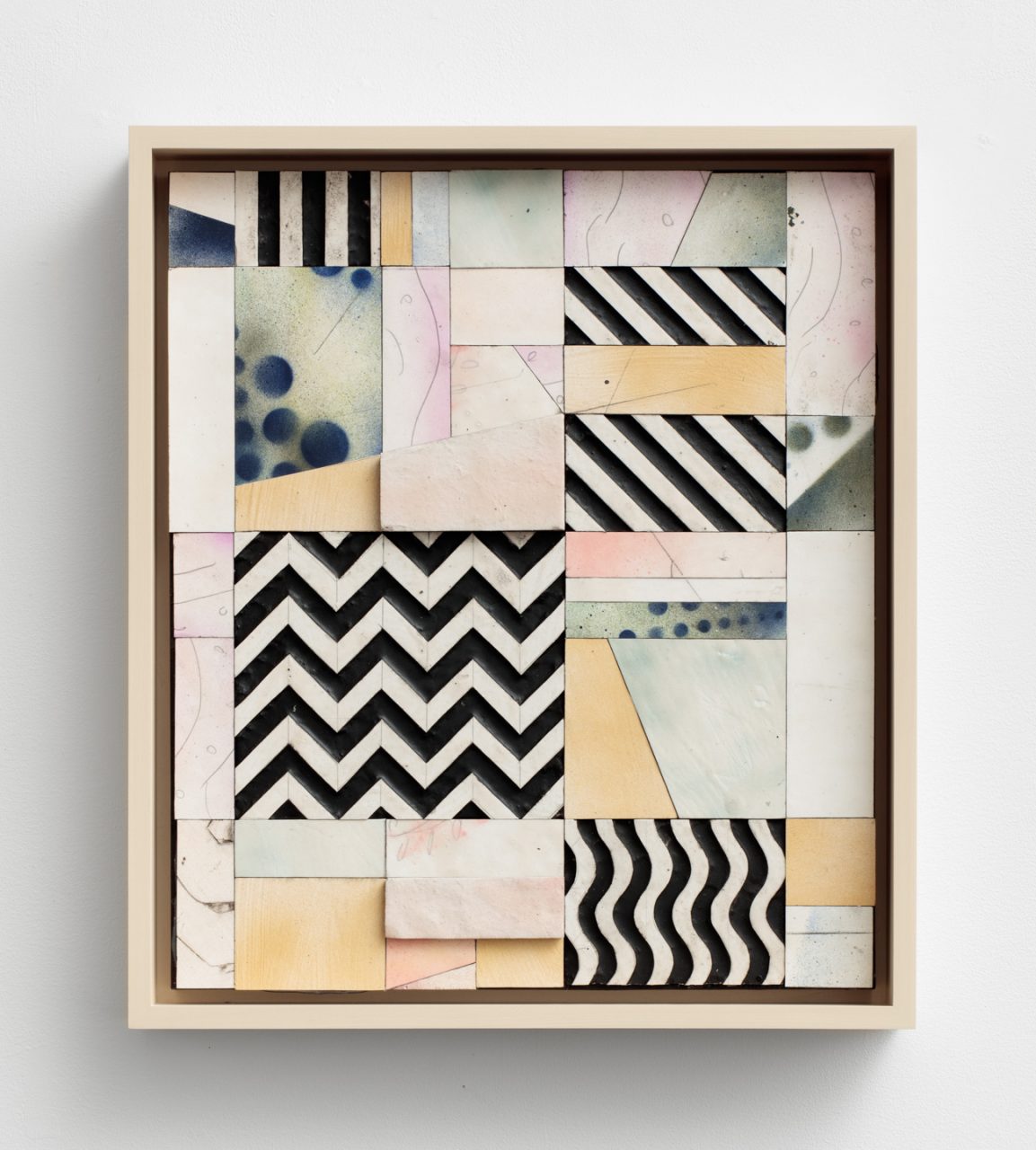
Ruby Sky Stiler
Template Stencil in Green with Zig-Zag, 2018
Acid-free foam-core, aqua-resin, paint, graphite, thermal adhesive on panel
18 x 15 1/2 inches -
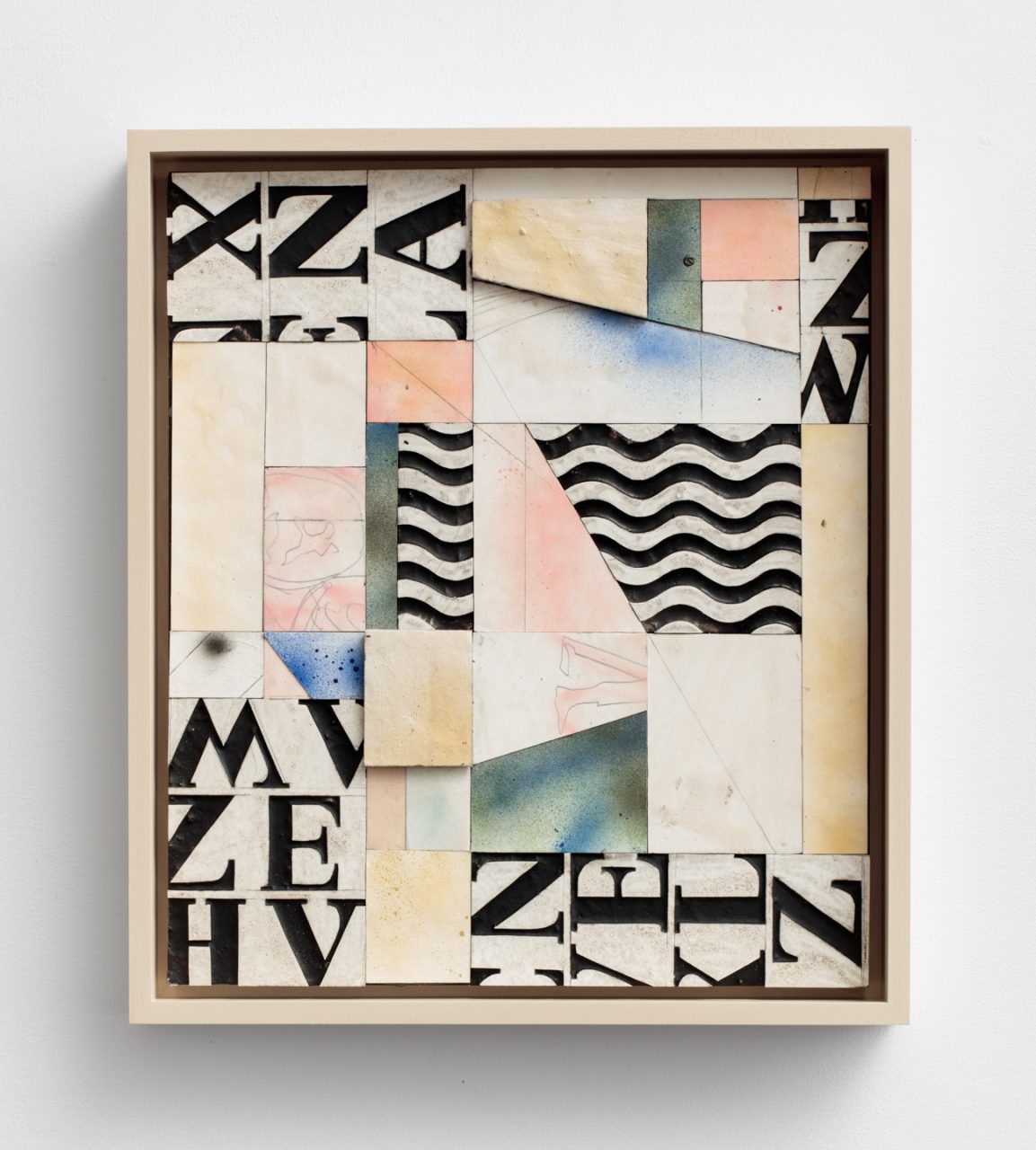
Ruby Sky Stiler
Wave Fragments with Blues and Greens, 2018
Acid-free foam-core, aqua-resin, paint, graphite, thermal adhesive on panel
18 x 15 1/2 inches -
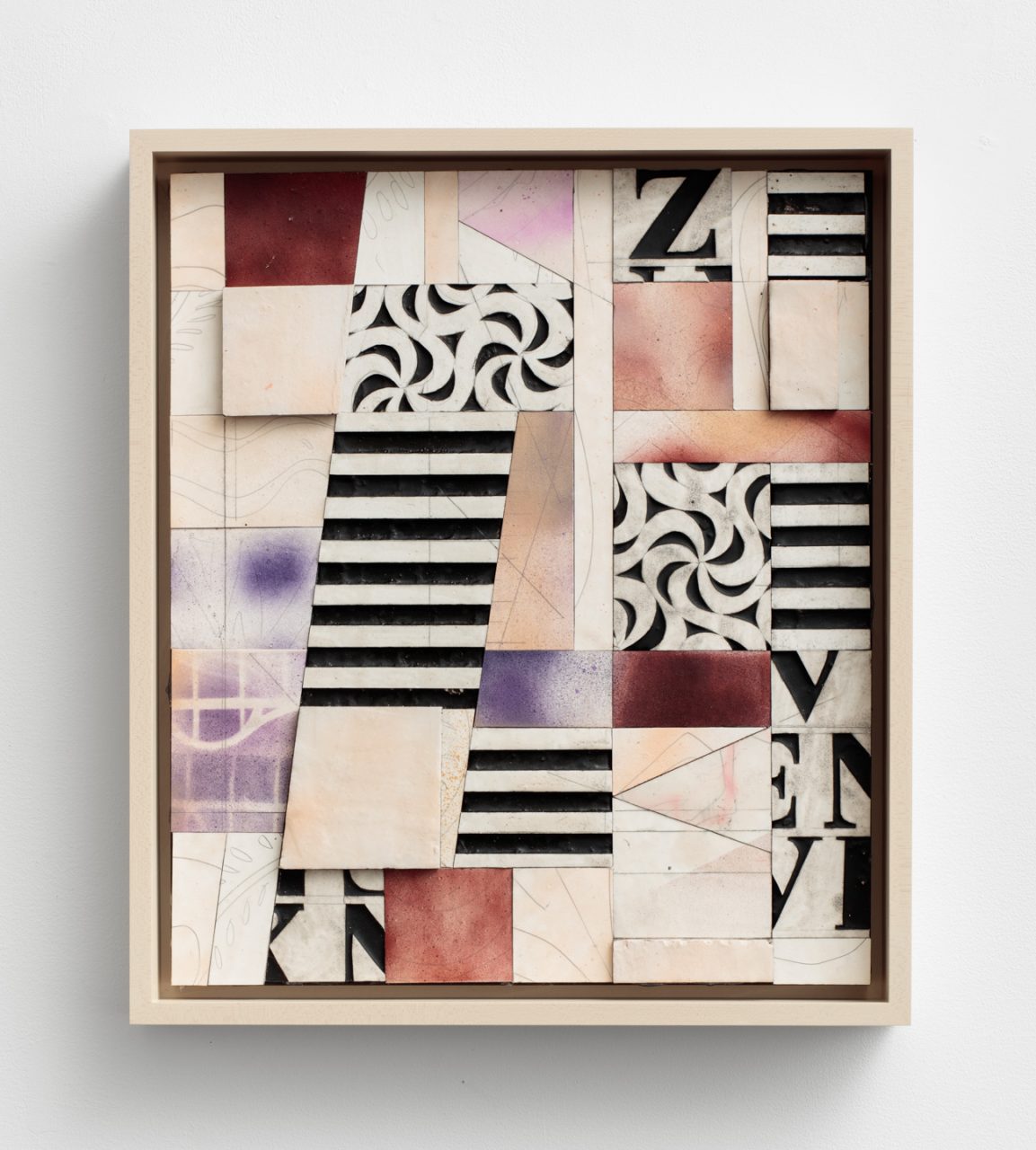
Ruby Sky Stiler
Pinks, Purples, and the Letter Z, 2018
Acid-free foam-core, aqua-resin, paint, graphite, thermal adhesive on panel
18 x 15 1/2 inches -
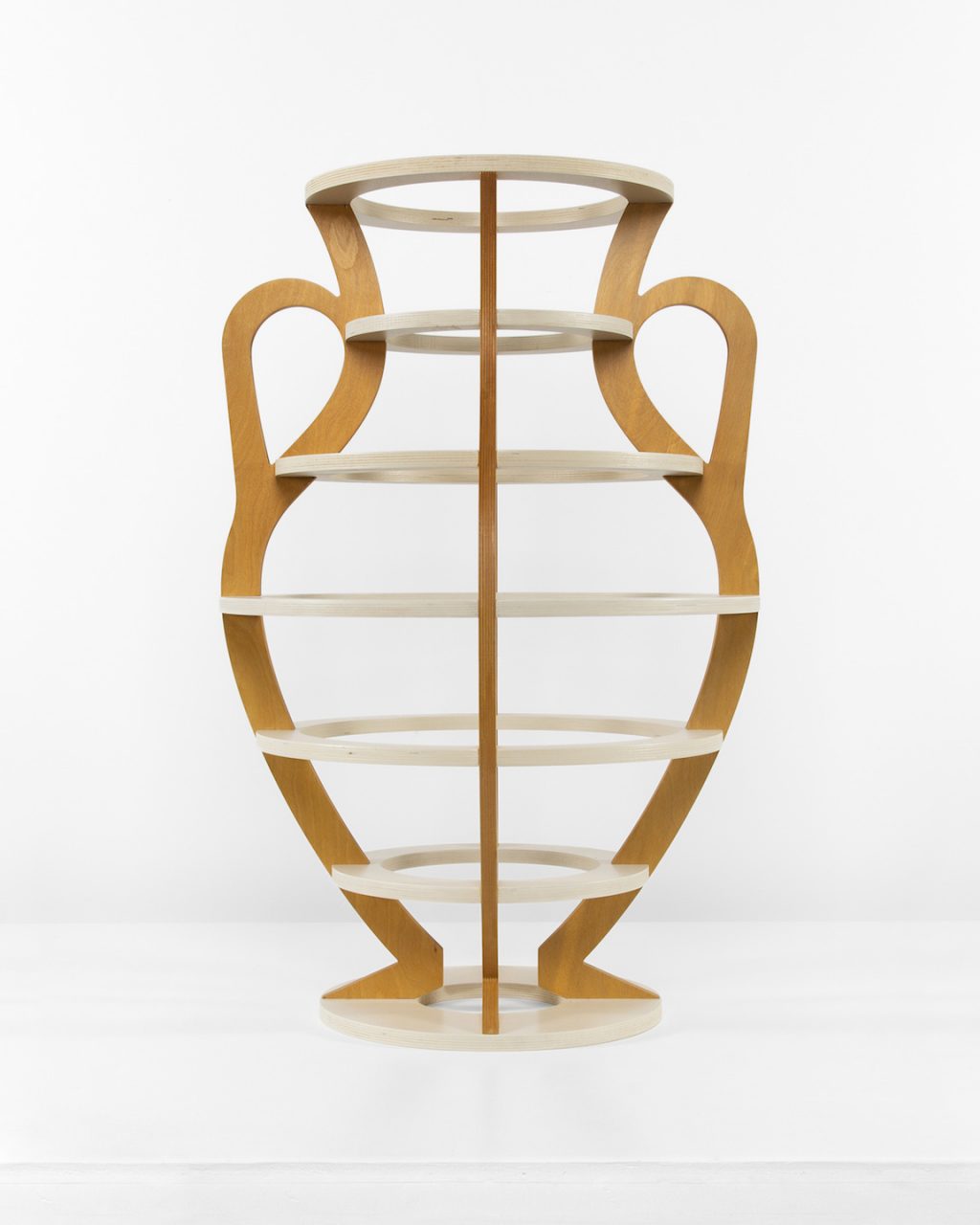
Ruby Sky Stiler
Vase with Sienna Handles, 2018
Stained Baltic Birch
36 3/4 x 24 x 24 inches -

Ruby Sky Stiler
Pink Vase, 2018
Stained Baltic Birch
42 3/4 x 22 7/8 x 22 7/8 inches -
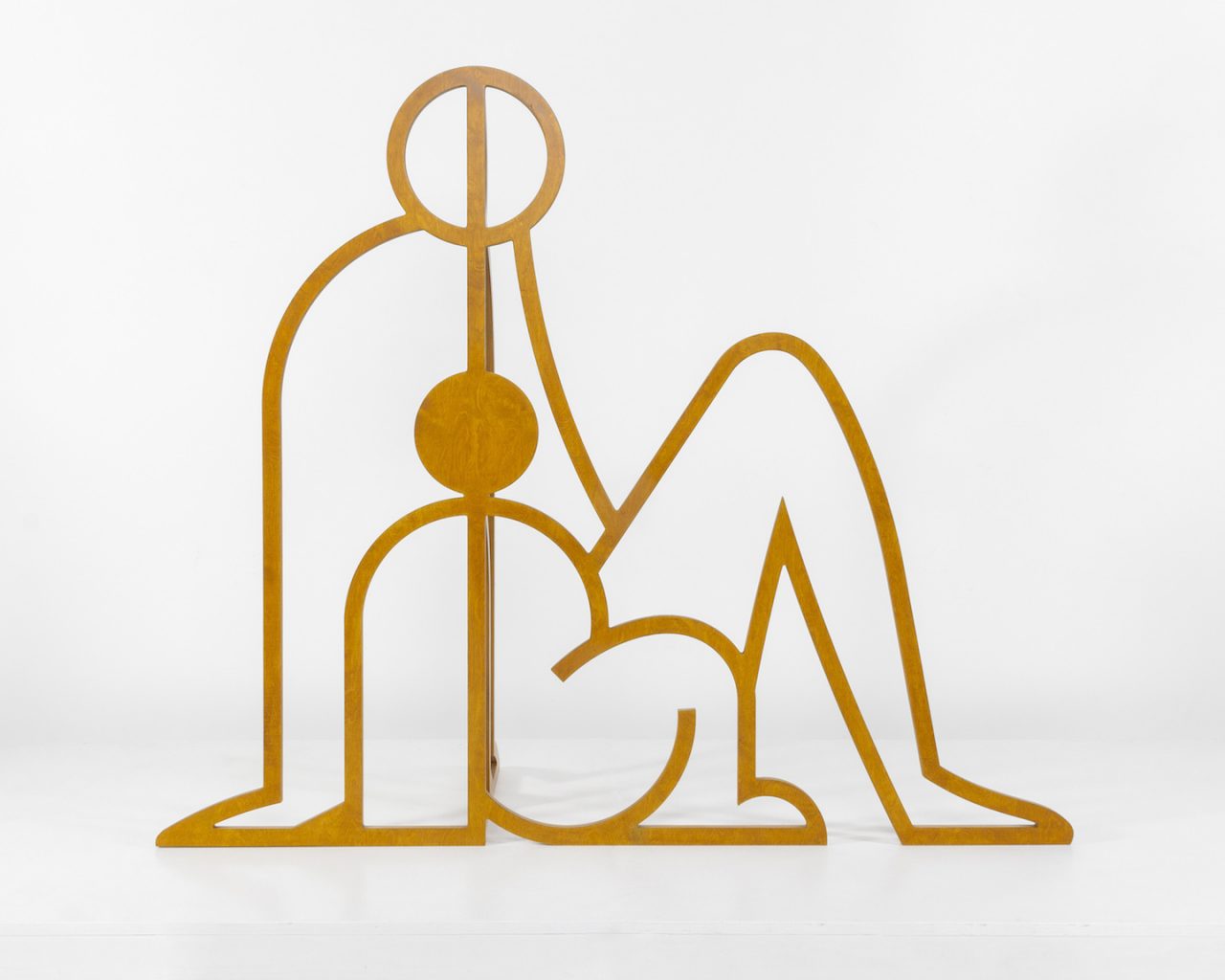
Ruby Sky Stiler
Father and Child in Tumeric, 2018
Stained Baltic Birch
50 x 59 1/2 x 21 1/2 inches -
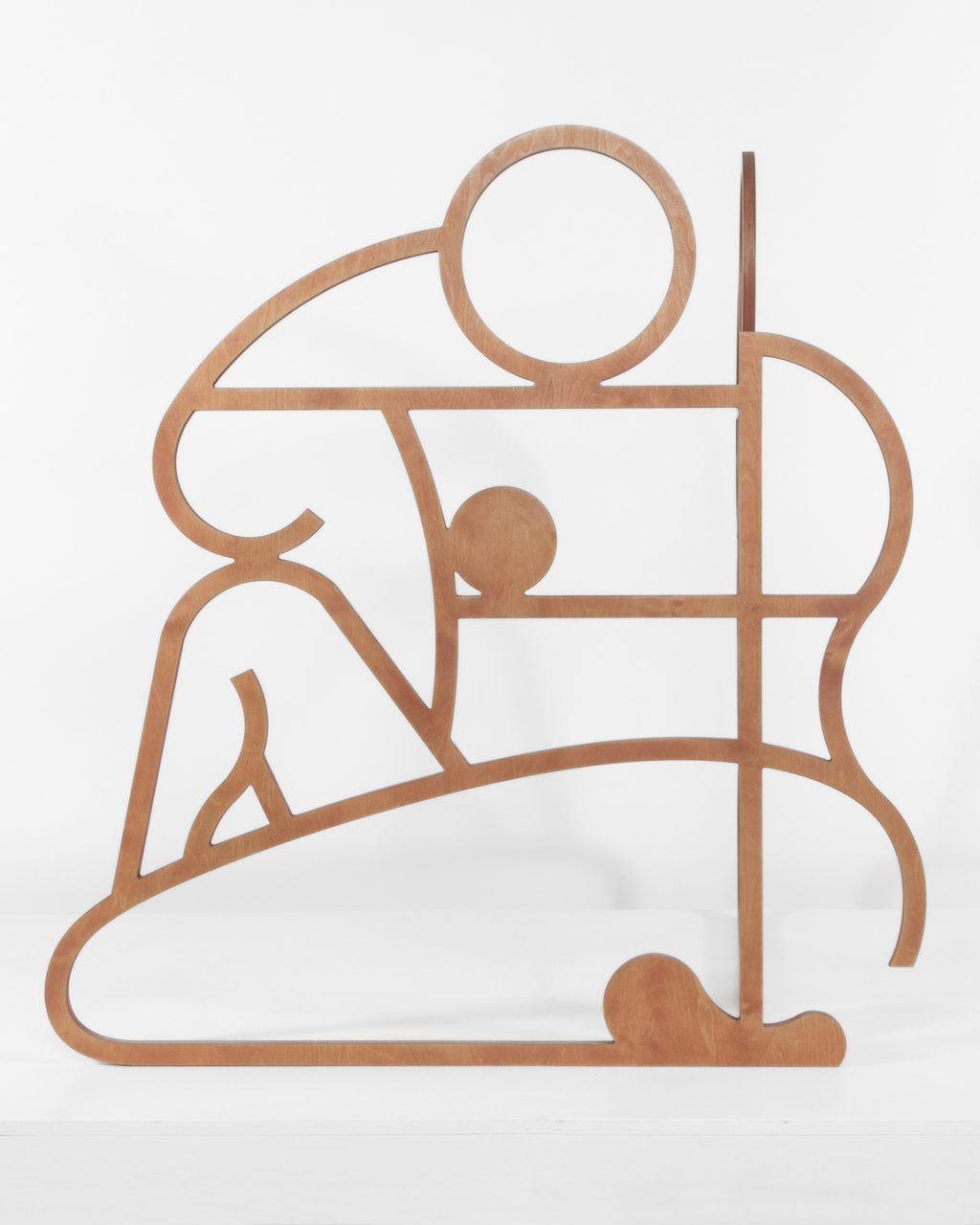
Ruby Sky Stiler
Seated Woman in Rose, 2018
Stained Baltic Birch
48 x 37 7/8 x 45 1/2 inches
Press Release
Nicelle Beauchene is pleased to present Ruby Sky Stiler’s Fathers, the artist’s sixth solo exhibition at the gallery. An artist book that shares the exhibition title—including photographs by Andrés Altamirano and text by Lumi Tan—was published by Hassla. Tan’s essay is included in full below.
Mary Cassatt’s 1884 painting Portrait of Alexander J. Cassatt and His Son, Robert Kelso Cassatt, depicts the artist’s brother reading in a floral armchair with his son, perched on the arm. We can see the young boy has drawn his father close, by his small hand next to his father’s head; the proximity of their bodies is further demonstrated by their similar faces pressed together, practically cheek-to-cheek. As they both wear thickly painted black tops, their torsos are barely discernible from each other, departing only at the waist where Robert’s spindly legs spill off the chair. It’s perhaps for this reason that on the website of the Philadelphia Museum of Art (the collection in which the painting resides) that one of the user-generated metadata tags is “conjoined twin.”
Cassatt’s double portrait is one of the very few examples of father and child illustrations in art history that Ruby Sky Stiler was able to find in her research; even fewer are those like Cassatt’s that convey any sense of emotional intimacy. Cassatt’s painting is an inversion of the traditional subject/object relationship within Western art history, in which male artists have long controlled how women are seen. If not portrayed under a lusty gaze, women are often shown with children to demonstrate their virtuousness—the Madonna and Child being the prototype that all mortal mothers must aspire to. At present, when contemporary female artists are still warned by their peers against having children if they want to be taken “seriously,” what is the advantage to include them in your art?
For years, Stiler has excelled at imaging women in a visually complex and transformative manner, at once referring to ancient and classical art history, but vastly expanding upon the way women can be imagined. The “conjoined twins” of Cassatt’s portrait find formal resonance in the minimal shapes that have determined the female bodies within Stiler’s most well-known work; free standing sculptures and wall reliefs in which lines carve into space, with just enough delineation to reveal an eye, a hip, a calf muscle. In this current body of work, Stiler’s attention may shift to father and children, but her vocabulary of shapes and patterns do not. In the studio shards that Stiler uses to create her wall reliefs, there are traces of sketches of ancient Greek vases, one of her long-standing motifs. The male figures on these vases are familiar, even from a few pencil marks: muscular, elongated bodies that are always prepared for action. It has taken Stiler effort to find how her men can share the curves of her women, and how children can also be defined through this economic geometry. These bodies too have eyes, hips, calves, and they too can be nestled inside the shape of their father, just as Cassatt’s brother and nephew shared one space within her frame. Clearly, it is not only a formal challenge to construct these everyday men with this dearth of art historical precedents; it is a necessary correction. As women are consistently defined by this relationship, men need to be as well.
Do not assume from this description that the women in Stiler’s work have disappeared. In this current state, they exist apart from the father and children, with permission to be unmoored from relations or natural inclinations for caretaking. They rest, observe, but are never far from view.
Ruby Sky Stiler has been the subject of solo exhibitions at The Aldrich Contemporary Art Museum, Ridgefield, CT; Locust Projects, Miami, FL; The Suburban, Oak Park, IL; and Portland Institute for Contemporary Art, OR. She was included in significant group exhibitions at Socrates Sculpture Park, Queens, New York, The Berman Museum, PA, and The Wellin Museum of Art, Clinton, New York, among many other venues. Stiler is a 2018 recipient of the Saint-Gaudens Fellowship. She received her BFA from Rhode Island School of Design, and her MFA from Yale University. Stiler lives and works in Brooklyn.